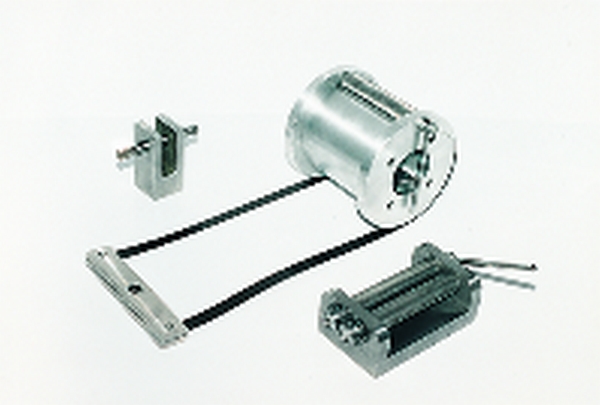
By Bruce Niederer — GBI Technical Advisor
No matter how you use WEST SYSTEM epoxies, you expect us to back up the products and methods we recommend with solid data based on tests that simulate “real life” applications. To this end we began conducting the ASTM 1781-93 test method known as the Climbing Drum Peel for Adhesives. As expected, the results from this test method compliment the data we’ve already compiled using the PATTI (Pneumatic Adhesion Tensile Testing Instrument) meter.
The PATTI meter generates data that addresses tensile adhesion, answering the question “how hard is it to pull something apart?” The shortcoming of this test is that it covers only a very small surface area (½-inch dia. circle). This relates well to structural adhesion applications such as the ribs and struts in a boat. But within a boat hull and deck there are other loading forces that occur over larger surface areas. This is especially true of boats constructed with laminated and/or sandwich composite materials.
The Climbing Drum Peel test allows us to acquire data addressing the adhesive strength between specific layers of a composite structure. This applies to the interfacial surfaces between epoxy laminating adhesives and various core materials, as well as the interface between epoxy substrates and gelcoat outer skins.
The photos show the testing equipment as individual parts, and mounted to an Instron test machine with a sample in place. The parts consist of a flanged drum with flexible metal bands attached to a mounting bracket. The drum also has an internal clamping system which is counterbalanced to provide smooth rotation. A top clamp supports the sample and drum assembly and a bottom clamp holds the mounting bracket to the testing machine. The peel resistance (reported as average peel torque) is determined over at least 6 inches of the bond by loading the apparatus in tension at a crosshead speed of 1.00 ±0.10 in./min.
This equipment allows us to evaluate adhesives in both laminated assemblies and sandwich constructions. For test samples, we may adapt the panels built for testing on our Hydromat equipment. This allows us to quickly generate a Climbing Drum Peel data base covering both typical and experimental composite structures.





